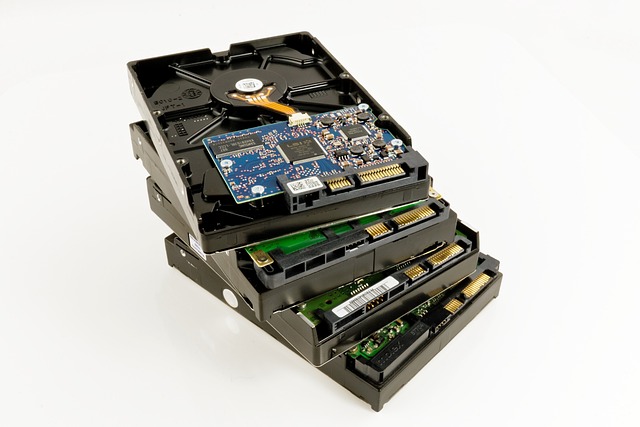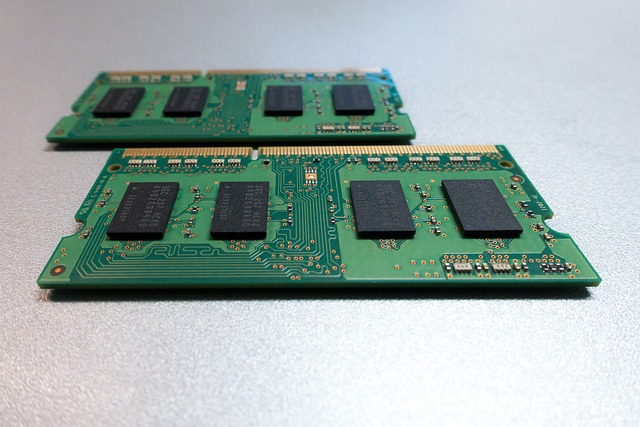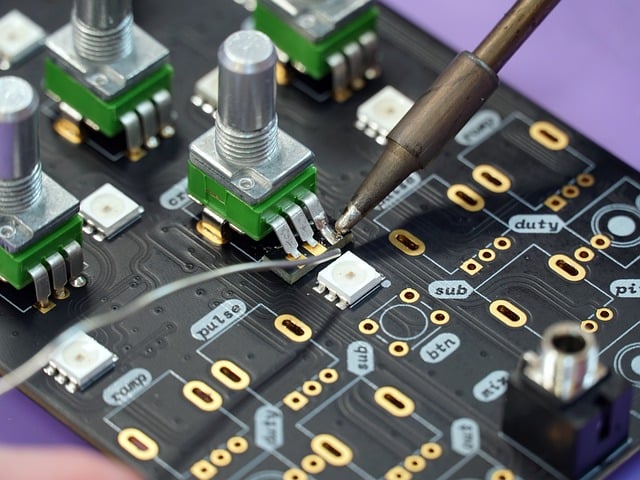Time: 2024-01-16 13:56:40View:
VR, short for virtual reality, is a computer-generated simulation of an environment that allows users to interact with a three-dimensional, immersive experience. In VR, users are typically able to engage with this artificial environment through the use of specialized electronic equipment, such as a VR headset or gloves. These devices are designed to track the user's movements and adjust the virtual environment accordingly, creating a sense of presence and immersion that can be incredibly lifelike.
The concept of VR has been around for decades, but recent advancements in technology have brought it closer to mainstream adoption. Modern VR systems often employ high-resolution displays, precise motion tracking, and realistic audio to create an environment that can be visually and auditorily convincing. This technology has found applications in various fields, including entertainment, education, healthcare, and even business.
One of the key aspects of VR is its ability to transport users to entirely new worlds or simulate real-world scenarios in a controlled and safe environment. This has made VR a valuable tool for training, education, and entertainment. For example, VR can be used to create realistic flight simulations for pilot training, immersive historical experiences for educational purposes, or interactive gaming environments that respond to the user's movements and actions.
Moreover, VR has also shown promise in fields such as healthcare, where it can be used for therapeutic purposes, pain management, and even as a tool for remote medical consultations. As the technology continues to evolve, the potential applications of VR are expanding, and its impact on various industries is becoming increasingly significant.
Field-Programmable Gate Arrays (FPGAs) play a crucial role in the development and advancement of virtual reality (VR) technology. FPGAs are semiconductor devices that can be reprogrammed after manufacturing, allowing for flexible and efficient hardware acceleration of complex computational tasks. In the context of VR, FPGAs are utilized to enhance the performance, responsiveness, and overall user experience of VR systems.
One of the primary applications of FPGAs in VR is real-time rendering and image processing. VR environments demand high-resolution, low-latency rendering to create immersive experiences for users. FPGAs can be employed to accelerate the rendering pipeline, enabling faster processing of graphical data and reducing the latency between user input and visual feedback. This results in smoother, more responsive VR experiences with improved visual fidelity.
Additionally, FPGAs are instrumental in accelerating complex algorithms used in VR simulations. Tasks such as physics simulations, spatial mapping, and object recognition require significant computational power. FPGAs can be programmed to offload these computations from the main processor, freeing up resources and improving the overall performance of the VR system. This allows for more sophisticated and realistic VR environments to be created, enhancing the sense of immersion for users.
Furthermore, FPGAs contribute to reducing latency and improving frame rates in VR environments. Latency, or the delay between a user's action and the system's response, can lead to motion sickness and detract from the overall VR experience. By leveraging FPGAs for low-latency data processing and sensor fusion, VR systems can deliver more responsive interactions and minimize motion-to-photon latency, resulting in a smoother and more comfortable user experience.
In summary, FPGAs are integral to the advancement of VR technology, enabling real-time rendering, acceleration of complex algorithms, and reduction of latency in VR environments. As VR continues to evolve and demand higher levels of performance and interactivity, FPGAs will play a pivotal role in driving innovation and pushing the boundaries of immersive virtual experiences.

Augmented Reality (AR) is a technology that overlays digital information, such as images, videos, or 3D models, onto the real-world environment, thereby enhancing the user's perception and interaction with their surroundings. Unlike virtual reality, which creates entirely immersive, computer-generated environments, AR integrates digital content into the user's view of the real world. This is typically achieved through the use of AR-enabled devices, such as smartphones, tablets, smart glasses, or specialized AR headsets.
AR technology has gained significant attention and adoption due to its potential to revolutionize various industries and everyday experiences. In the realm of entertainment and gaming, AR allows users to interact with virtual objects and characters superimposed onto their physical environment, creating engaging and interactive experiences. Moreover, AR has practical applications in fields such as education, where it can be used to provide interactive learning experiences by overlaying educational content onto real-world objects or environments.
One of the key features of AR is its ability to recognize and track real-world objects and surfaces, enabling the seamless integration of digital content into the user's surroundings. This is made possible through advanced computer vision algorithms and sensor technologies, which allow AR systems to understand the geometry and context of the environment in real time. As a result, users can interact with and manipulate virtual objects as if they were part of the physical world.
Furthermore, AR has found applications in industries such as manufacturing, maintenance, and remote assistance, where it can provide hands-free access to contextual information, instructions, and visualizations overlaid onto machinery or equipment. This can improve efficiency, safety, and accuracy in various work processes, as well as enable remote experts to guide on-site personnel through AR-assisted communication and collaboration.
In summary, AR technology enhances the user's perception of the real world by overlaying digital content and information, offering a wide range of applications across entertainment, education, industry, and beyond. As AR continues to evolve and become more integrated into everyday experiences, its potential to transform how we interact with and understand the world around us is becoming increasingly apparent.

Field-Programmable Gate Arrays (FPGAs) are instrumental in advancing the capabilities and performance of augmented reality (AR) applications, contributing to the seamless integration of digital content into the user's real-world environment. FPGAs, with their reprogrammable logic and parallel processing capabilities, play a crucial role in accelerating the complex computational tasks required for AR, thereby enhancing the overall user experience and interaction with augmented content.
One of the key applications of FPGAs in AR is the implementation of real-time object recognition and tracking. AR systems rely on computer vision algorithms to identify and track physical objects and surfaces in the user's environment, allowing for the precise overlay of digital content. FPGAs can be utilized to accelerate these vision algorithms, enabling faster and more accurate object recognition and tracking, which is essential for creating a seamless and responsive AR experience.
Moreover, FPGAs contribute to enhancing spatial mapping and gesture recognition in AR applications. Spatial mapping involves creating a digital representation of the physical environment, which is essential for accurately placing and anchoring virtual objects within the real world. FPGAs can optimize the processing of sensor data and depth information, enabling efficient and real-time spatial mapping that aligns with the user's movements and interactions. Additionally, FPGAs can accelerate the recognition of hand gestures and movements, allowing for intuitive and natural interaction with AR content.
Furthermore, FPGAs enable low-latency data processing for AR overlays, ensuring that digital content is seamlessly integrated into the user's view with minimal delay. By offloading computational tasks related to image processing, sensor fusion, and rendering to FPGAs, AR systems can deliver responsive and immersive experiences, where virtual objects and information appear to seamlessly coexist with the physical world.
In summary, FPGAs play a critical role in advancing augmented reality applications by accelerating object recognition, spatial mapping, gesture recognition, and reducing latency in AR overlays. As AR technology continues to evolve and find broader applications across industries, FPGAs will continue to be a key enabler of high-performance and immersive AR experiences, driving innovation and expanding the possibilities of augmented reality.
The application of Field-Programmable Gate Arrays (FPGAs) in virtual reality (VR) and augmented reality (AR) presents both challenges and opportunities, shaping the future of immersive technologies. Understanding these dynamics is crucial for harnessing the full potential of FPGAs in VR and AR applications.
Challenges:
1. Complexity and Development Time: Implementing FPGA-based solutions for VR and AR can be complex and time-consuming. Designing and optimizing FPGA architectures to meet the demanding performance requirements of immersive environments requires specialized expertise and significant development effort.
2. Power Efficiency: FPGAs are known for their computational power, but optimizing power efficiency in VR and AR devices is crucial for prolonged usage and user comfort. Balancing high performance with low power consumption remains a challenge in FPGA-based solutions for immersive technologies.
3. Cost and Accessibility: While FPGAs offer unparalleled flexibility, they can be costly and may require specialized hardware development. This can pose a barrier to entry for smaller companies and developers looking to leverage FPGA technology for VR and AR applications.
Opportunities:
1. Performance Optimization: FPGAs provide an opportunity to significantly optimize the performance of VR and AR systems. By offloading computationally intensive tasks such as rendering, image processing, and sensor fusion to FPGAs, developers can achieve higher frame rates, reduced latency, and overall improved user experiences.
2. Customization and Flexibility: FPGAs offer a high degree of customization, allowing developers to tailor hardware acceleration to the specific requirements of VR and AR applications. This flexibility enables the implementation of specialized algorithms and real-time processing, enhancing the capabilities of immersive technologies.
3. Innovation and Differentiation: Leveraging FPGAs in VR and AR presents an opportunity for innovation and differentiation in the competitive landscape. Companies that can harness the power of FPGAs to deliver superior performance, interactivity, and visual fidelity in immersive experiences stand to gain a competitive edge in the market.
4. Ecosystem Development: As FPGA technology continues to evolve, an ecosystem of tools, libraries, and development frameworks specific to VR and AR applications is likely to emerge. This can streamline the development process, reduce time to market, and foster a community of developers focused on pushing the boundaries of immersive technologies.

In conclusion, while challenges such as complexity, power efficiency, and cost exist, the opportunities presented by FPGAs in VR and AR, including performance optimization, customization, innovation, and ecosystem development, position FPGA technology as a key enabler of the next generation of immersive experiences. Overcoming these challenges and capitalizing on these opportunities will drive the continued evolution and adoption of FPGA technology in the VR and AR landscape.